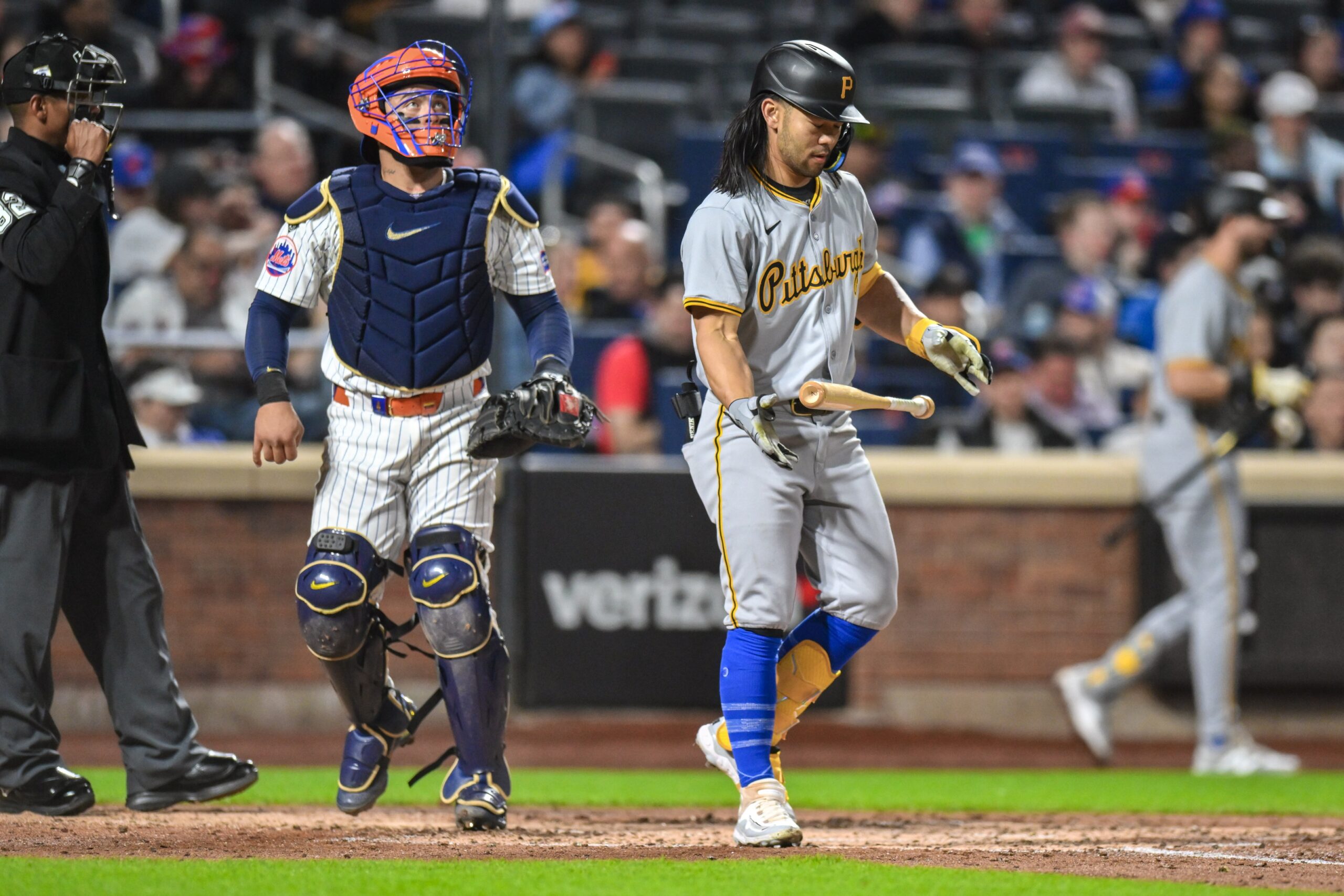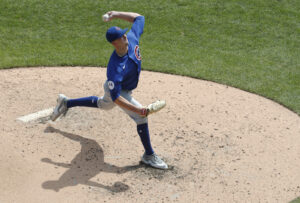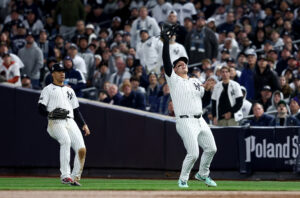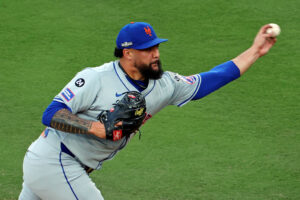After a promising start, the Pittsburgh Pirates are now 11-8 thanks in part to a disturbing trend that has emerged. The Pirates began the season by winning their first five games and were the third team in baseball to 10 wins. However, this week’s three-game sweep at the hands of the New York Mets has the Bucs reeling and searching for answers. Although not the only culprit, an all-too-passive approach at the plate has reared its ugly head.
Let’s note at the start that it’s too early to write off the Pirates in 2024. The schedule maker wasn’t kind to the Pittsburgh club, which played 14 of its first 19 games on the road. An 11-8 record under those circumstances is not an achievement to be sneezed at. Furthermore, winning 11 of every 19 games will put the Pirates on a pace to win 94 games. Then again, the concept of pacing is valuable in horse racing but can be meaningless in team sports. At present, the Pirates offense is on a downward trend, which, while disturbing, is also correctable.
Disturbing Trend for Pirates Offense Must End
Let’s Get Geeky and Look at Some Stats
After 10 games, at which point they were 8-2, the Pirates ranked fourth in the National League with 59 runs scored, fifth in batting average at .266, fourth in OBP at .352, and first in walks with 50. After 18 games, they are eighth in the NL with 92 runs scored, 10th in batting average at .244, and sixth in OBP at .332, but remain first in walks with 88. The walks had much to do with the Bucs’ early success. The offense was running like a well-oiled machine. Batters 1-9 were getting on base and keeping the line moving like a merry-go-round on the base paths. Since then, however, another trend has emerged.
Namely, the cautious approach that yielded those walks has suddenly morphed into a passivity that has resulted in a more disturbing trend, i.e., an alarming number of called third strikes against the Pirates. They’ve struck out looking 56 times, leading the major leagues as of Wednesday’s action. Of the strikes the Pirates have faced so far, 28.2 percent have resulted in called strikes. Only three teams have looked at a higher percentage of strikes. Moreover, the Pirates have put just 25.2 percent of the strikes they’ve seen in play. That percentage is better than only three other teams.
Not that I’ve been keeping track, but the #Pirates undoubtedly have to lead the Majors in strikeouts caught looking
— Jason Shetler (@Jason_Shetler) April 13, 2024
On the positive side, the Pirates rank second in all of baseball with 3,158 pitches seen. Only the Los Angeles Dodgers have seen more pitches. However, the Dodgers have played two more games than the Pirates at this juncture.
RISP Management
This tendency to take too many strikes is hurting the Pirates in RISP (runners in scoring position) situations. At the close of Wednesday’s games, the Pirates are batting .255/.372/.351 with RISP. The major league average is .258/.342/.400. Thus, one can see the Pirates are just below MLB in batting average and unacceptably below MLB in slugging percentage. (They’re much better in OBP but that’s not meaningful in this context.)
One obstacle to scoring runs is the fact that the Pirates have struck out 52 times with RISP. Only two teams have struck out more in these situations, the Dodgers with 57 and the Minnesota Twins with 53. As noted, the Dodgers have played more games than the Pirates. The Twins, at 6-11, have their own problems.
The Pirates’ BABIP is .321 with RISP and .312 overall, both figures well above the MLB average. To say the Pirates can increase their team overall and RISP batting averages by cutting down on strikeouts is to state the obvious. That’s true of every team. For the Pirates, however, it’s the strikeouts looking that they need to address sooner rather than later. Thus far, it’s looked as though the hitters are being instructed to wait for their pitch regardless of the count.
A Fine Line
How do the Pirates reverse this disturbing trend? For manager Derek Shelton and hitting coach Andy Haines, there’s a fine line to be walked here. They must preach aggressiveness at swinging at pitches in the strike zone. But they don’t want to give up the selectivity that has allowed the Bucs to enjoy the benefits of free passes and running up opponents’ pitch counts.
Where Have You Gone, Corey Dickerson?
OK, so it doesn’t have quite the same ring as the line in the Simon and Garfunkel song “Mrs. Robinson.” However, it’s where the answer may lie. During his brief season and a half with the Pirates in 2018-19, Corey Dickerson was a fun and interesting hitter to watch. He had power, having hit 27 home runs for the Tampa Bay Rays in 2017. With Pittsburgh, he’d look the pitches over and take his healthy cuts. But once the pitcher had two strikes on him, he was a different hitter. He’d choke up on the bat a little bit for better contact and swing at anything close to the plate. As a Pirate, he had strikeout ratios well below the MLB average.
One wonders if the Pirates teach a two-strike approach. Do they have any video of Dickerson circa 2018 lying around? If Pirates batters continue the disturbing trend they’re on now, and given the higher expectations for this season, Haines may feel his seat getting a little warm.
Photo Credit: © John Jones-USA TODAY Sports






